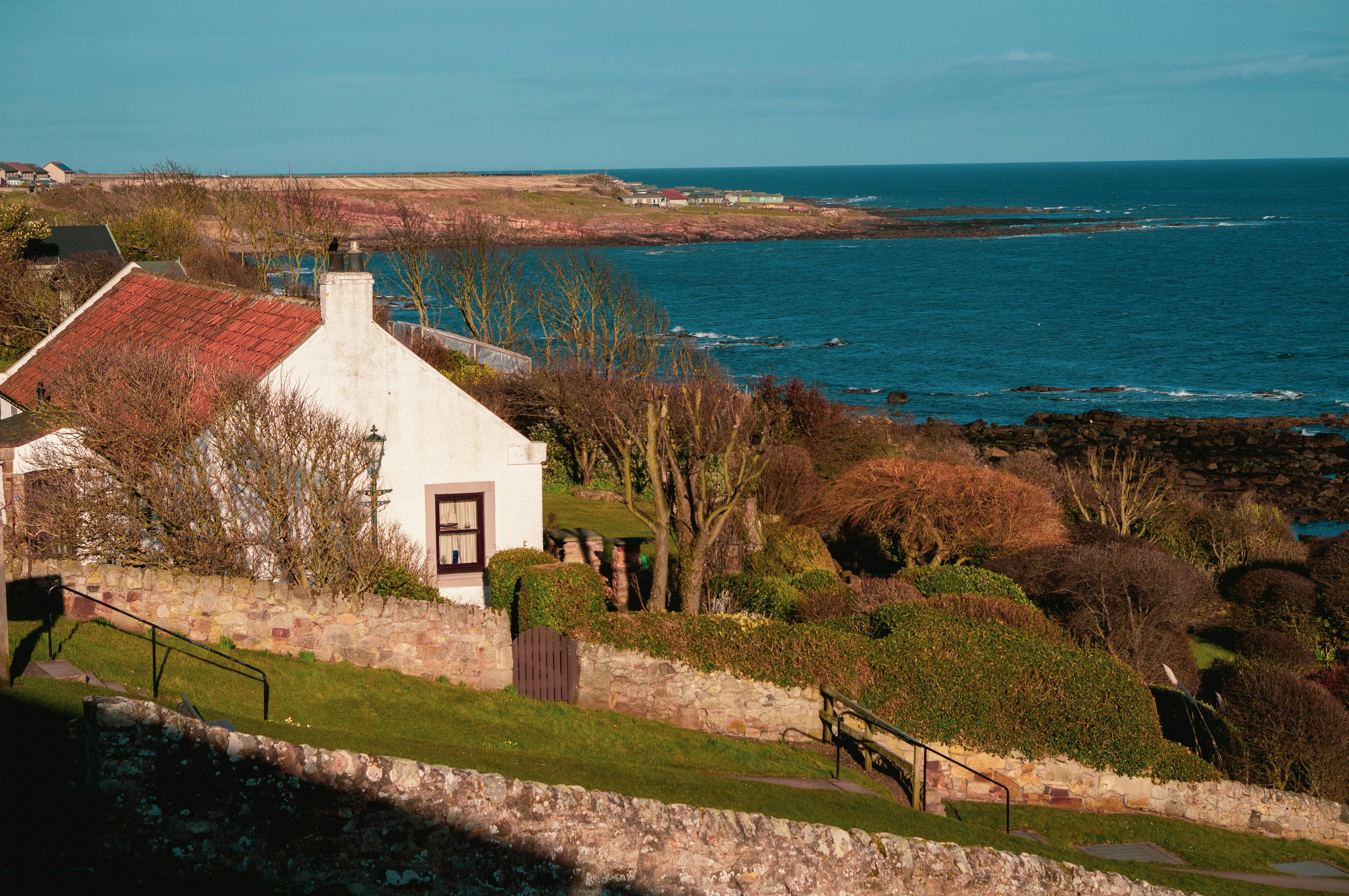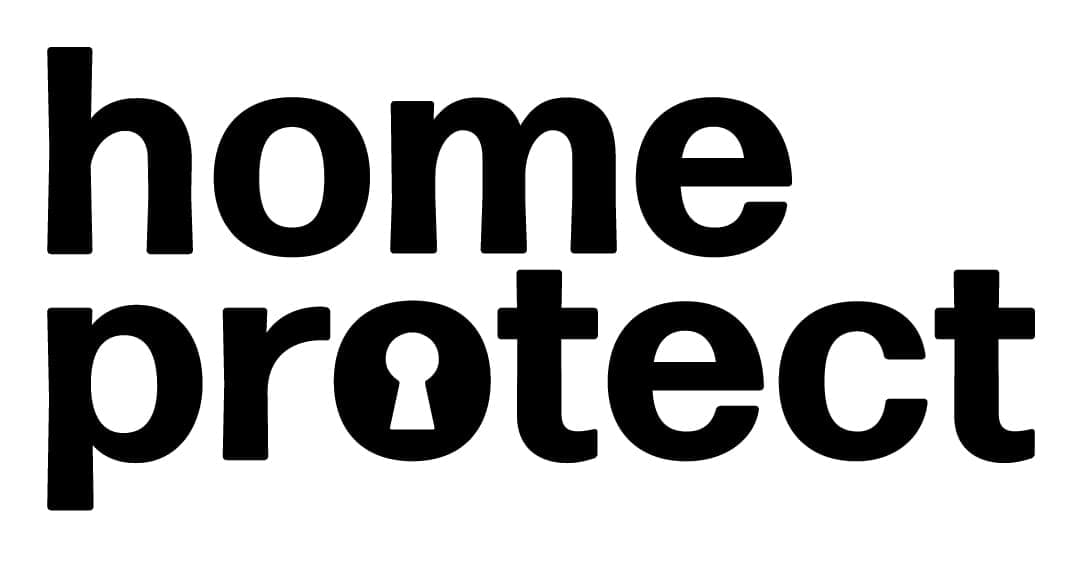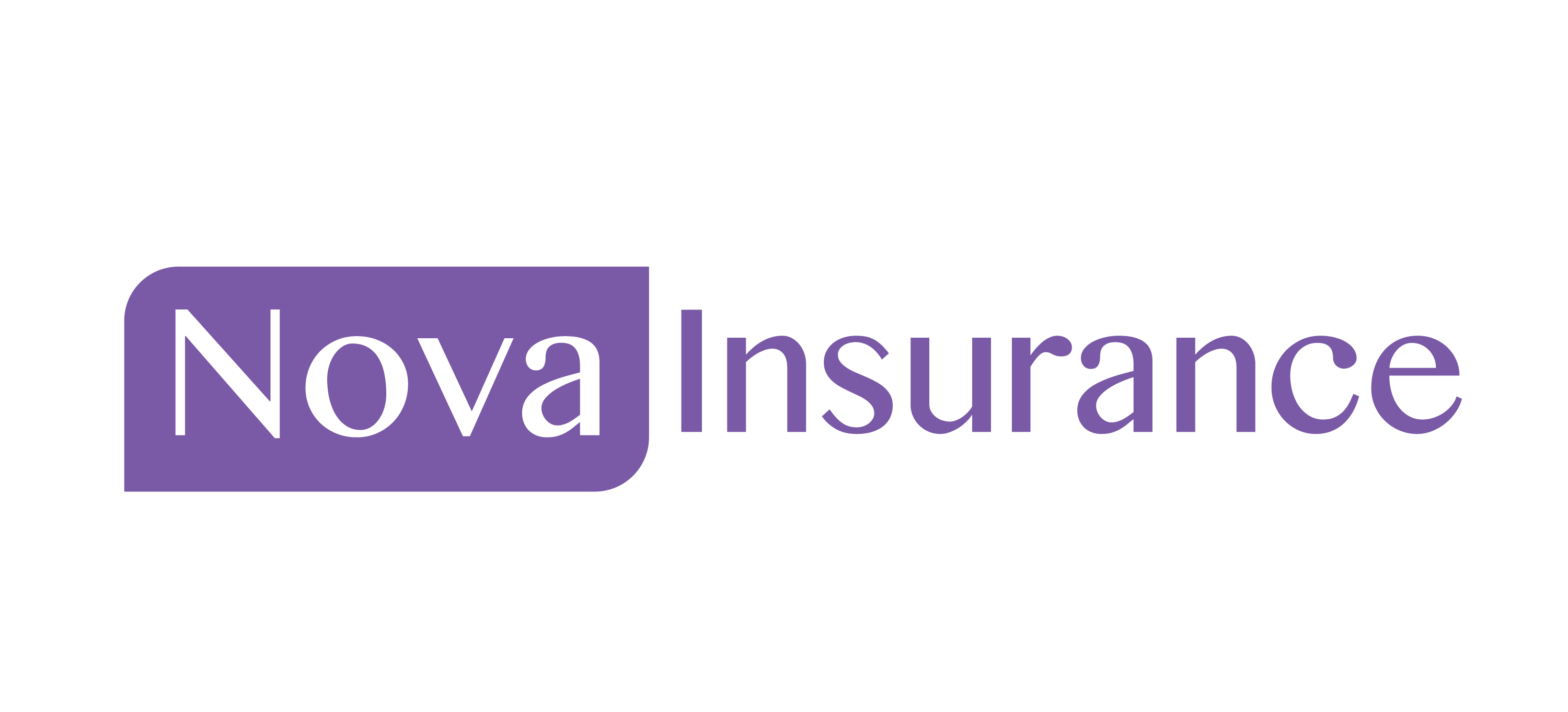Best Unoccupied Home Insurance UK 2025: Expert Comparison
We’ve reviewed the best, most affordable home insurance offers for unoccupied homes in the UK. Find the right policy at the best price in 2025.
Updated:
When you purchase through links on our site, we may earn an affiliate commission. Here's how it works.

Despite over 1 million unoccupied homes in England alone, many of the best home insurance policies don’t offer coverage for properties left empty for extended periods. But given that unoccupied homes are most at risk of theft, fire, and water damage, your property must be covered no matter how long it’s empty.
Unoccupied home insurance provides essential protection whether you’re leaving your holiday home unused in winter or enjoying a long trip away. You could also be a landlord between tenants or renovating extensively. Regardless of your situation, standard home insurance policies tend to cap the time you can leave your home empty, typically at 30 days, because of the risks and higher likelihood of payouts.
Thankfully, some insurers provide tailored packages for unoccupied properties. In our expert review, we compare the best unoccupied home insurance options available in the UK. We highlight the top choices for holiday homes, long-term vacancies, landlords, and those on a budget.
4 best unoccupied house insurance in the UK in 2025 compared
We based our quotes on 1 sample case to make sure we conducted our research fairly and accurately. Prices reflect the cost of insuring an Edwardian three-bedroom terraced home in Northumberland with two bathrooms, no existing damage, and no previous claims in the last five years. Read on for our top unoccupied house insurance companies to help you make an informed decision.
Policy | Best for | Our expert score | Total Excess | Max vacancy duration | Max buildings cover | Annual Premium |
Homeprotect | Holiday homes | 4.6/5 | £250 compulsory £100 voluntary | 180 days | £1m | £626.75 |
Towergate | Long-term cover | 4.4/5 | £1000 escape of water only | 12 months | £350,000 (sum insured) | £1,269.01 |
Nova | Landlords | 4.3/5 | £100 (£1000 for subsidence, £500 for escape of water) | 6 months | £350,000 (sum insured) | £613.20 |
Modus | Affordability | 3.9/5 | £100 (£1000 for subsidence, £500 for escape of water) | 45 days initially, then conditions apply | £600,000 | £283.04 |
1. Homeprotect – Best for holiday homes

Our expert score: 4.6/5
Pros
- Extensive coverage for up to 180 days
- Includes contents cover
- Home emergency cover as standard
- Outbuildings covered
Cons
- Accidental damage not included
- Additional voluntary excess of £100
If your holiday home is likely to be unoccupied for 91 to 180 days, this buildings and contents insurance is the pick of the bunch. Leading global insurance firm Axa underwrites Homeprotect’s home insurance, which comes with a 5-star Defaqto rating.
Buildings insurance of up to £1m covers escape of water, severe storm, fire, theft, flood, and ground movement or subsidence. Its basic option also includes home emergency cover, with up to £500 in emergency repairs included.
Contents insurance maxes out at our chosen limit of £10,000. Higher amounts are available, along with additional high-value items. New for old replacement for theft, matching sets, spoiled frozen food, and possessions in outbuildings are all included as standard.
Why buy? Expert verdict
Homeprotect’s coverage is extensive and includes public liability and family legal protection. Note, however, that the coverage reduces significantly for homes unoccupied for longer than 181 days. In this case, theft, storm or flood, and escape of water are no longer covered in the policy. For more extended periods, look towards our next pick on this list.
✍️ Have you used Homeprotect? Leave your own or read more Homeprotect reviews.

Our expert score: 4.4/5
Pros
- Complete protection for up to 1 year
- Includes contents cover
- Frozen pipe damage included
Cons
- £1000 escape of water excess
- Escape of water included only in premium policy
As a rule of thumb, the longer you require an unoccupied property to be insured, the more expensive the policy will be. You’ll pay a heftier price but without the potential stress of a short-term policy. To that end, Towergate’s premium policy offers the ultimate peace of mind for a full year.
You can expect stricter conditions with longer unoccupied coverage. Towergate requires homeowners to inspect their property once a week. Other conditions include switching off the mains water supply and draining all tanks and pipes. You’ll also need to install and maintain security devices. However, if you adhere to those requirements, you’ll be covered for escape of water, storm or flood damage, theft or attempted theft, and vandalism.
Also included is £10,000 worth of contents cover. Damage to pipes and plumbing due to freezing is also protected. Plus, there’s no excess other than £1,000 in the event of a claim for escape of water.
Why buy? Expert verdict
Few policies on the market will insure an unoccupied property for as long as Towergate, making it the best policy for long-term cover. If you don’t need the water cover, its standard policy is £183 cheaper.
3. Nova Insurance – Best for landlords

Pros
- £2m property owners liability as standard
- Low excess
- Landlord content insurance included
Cons
- Excess increases for subsidence and water escape
- Theft by tenant excluded
This policy from Essex-based Nova Insurance is underwritten by AmTrust Europe Ltd. Its highest standard cover, Level 3, ensures comprehensive protection for landlords. The policy covers six months (182 days), making it the best policy for short-term cover.
The £100 excess is lower than elsewhere, though there are exceptions. For subsidence claims, the excess is £1,000, while escape of water claims require £500 upfront. Contents insurance forms part of the policy and protects the landlord’s (note: not the tenant’s) belongings in the event of fire, storms, floods, theft, and most other natural disasters.
Why buy? Expert verdict
This policy includes £2m property owners liability as standard. You can increase it to £5m for as little as £8. Plus, the policy is easily renewable, making it useful for landlords who may not be sure when they’ll find a new tenant. However, if you’re sure the property will be vacant for a year, it’s better value to commit to the full 12 months for £1,102.62.
✍️ Have you used Nova Insurance? Leave your own or read more Nova Home Insurance reviews.
4. Modus Insurance – Best for affordability

Our expert score: 3.9/5
Pros
- £600k buildings cover
- Lowest premium
Cons
- FLEEA cover only while unoccupied
- Hefty excesses for subsidence and escape of water
- Buildings must be inspected weekly after 45 days of empty
Modus’ buildings insurance covers up to £600,000 as standard. However, it comes with a hefty excess of £1,000 for subsidence and £500 for escape of water, but all other claims require only £100 excess paid. When occupied, malicious damage by tenants is not included, and contents insurance maxes out at £7,500.
Properties that have been unoccupied for more than 45 days don’t qualify for claims unless someone inspects them once a week. In addition, the water supply must be disconnected, and all water tanks and pipes must be drained between November and March.
While the low price is impressive, note that coverage is restricted to FLEEA coverage while the premises are unoccupied. FLEEA includes damage caused by fire, lightning, explosion, earthquake, aircraft, or articles dropped from aerial devices.
Why buy? Expert verdict
If budget concerns are your priority, Modus Insurance is the cheapest unoccupied home insurance policy we found in our research. Keep in mind, though, that the price is reflective of the basic cover.
Types of unoccupied house insurance
Standard home insurance typically only covers vacant houses for up to 30 days. That means you’ll need specific unoccupied house insurance for any property you own that will be left empty for longer than that. But for all the many reasons for leaving a house unoccupied, providers offer unoccupied house insurance policies to suit these different needs.
Short-term policies
Houses that will be vacant for a period of time outside of the standard house insurance threshold (typically 30 days) require short-term unoccupied coverage. This type of cover can range from 31 days to six months and will ensure your property is protected during that time. Renovations and pending sales are common reasons for the house being unoccupied.
Long-term policies
If your property will be vacant for over half a year, you’ll need a long-term unoccupied home insurance policy. Holiday homes that are occupied only in the summer are an example. Other situations include long-term travel, temporary employment relocation, or, for landlords, undergoing significant renovations to a property before seeking new tenants.
Bespoke coverage
Insurers also consider factors other than the length of time a property will be vacant. If your property is a listed building, you’ll need coverage tailored to your specific circumstances. Other scenarios unlikely to be included in ‘out of the box’ home insurance policies include properties deemed at high risk of flooding or theft if left vacant.
What type of unoccupied house insurance do I need?
The type of unoccupied house insurance you need depends on the reason and duration of the vacancy. If you’re lucky enough to be planning a two-month trip abroad, a short-term policy should suffice. Similarly, if you’re undergoing minor renovations that will last fewer than three months, you’ll also find the shorter coverage will suit your needs.
If your property is likely to lack a human touch for longer than that, you’ll need a long-term policy to ensure you’re covered for all of the common setbacks that can befall a home. As mentioned, unoccupied houses are at increased risk of theft, flood, and fire. Another risk is storm damage that, left unrepaired, could mean even more damage. So make sure you have cover for the entire duration that it lies vacant.
Lastly, consider your property’s unique risks. If it’s empty because you’re doing significant renovations, you may need a bespoke policy. A customised policy will cover you for the duration of the works and protect you from any accidental damage caused during construction. If your property is in a flood-prone area, you may also require this type of coverage.
What does unoccupied house insurance cover?
Our homes are complex structures that require regular maintenance. As homeowners or residents, we provide houses with the TLC they need by simply using our senses. A dripping tap, a whiff of damp, a groaning boiler––we can diagnose them simply by being present and aware. The absence of people is why properties that lie vacant for long stretches are at increased risk.
When exploring options for unoccupied house insurance in the UK, make sure the policies you review cover the following factors:
Theft and vandalism
Savvy burglars target homes that they believe to be empty. Not only are they less likely to be confronted or caught, but they’ll also get more time on the property to accumulate their loot. A robust unoccupied home insurance policy should cover break-ins, theft of belongings, and damage caused by intruders.
Fire and flooding
If no one is home, water ingress or fires are less likely to be spotted early, which can lead to significant damage. The best unoccupied home insurance will protect against structural damage caused by natural disasters or accidental fires.
Escape of water
Pipes are less likely to freeze and burst when water flows through them regularly. It’s why leaks are more common in vacant homes and why unoccupied home policies should insure against burst pipes or leaks.
Liability cover
Although not always featured as standard, liability cover will protect you from financial losses relating to an injury or damage to neighbouring properties due to incidents originating from your home. This is relevant if your property is undergoing significant construction work or a strong storm causes structural damage to your house that impacts a neighbour.
How to choose the best unoccupied house insurance
When choosing what type of unoccupied home insurance to go for, consider the following key factors:
Policy duration
Purchase a policy that will cover you for the duration your home is unoccupied. Note that even some long-term unoccupied home policies have a maximum length of coverage. In addition, be sure to research options for extending your policy’s coverage before it expires in case your plans or circumstances change.
Key coverage
Look for policies that cover key risks, including fire, theft, and water damage. And remember, long-term policies are more expensive, and many don’t include burst pipes as standard.
Add-ons
If the property is undergoing renovations or is in a high-risk area, check for specialised add-ons. Older or listed properties may also require a bespoke policy.
Conditions
Some insurers, especially for long-term policies, require certain conditions to avoid invalidating their terms. Companies may expect regular inspections, maintaining alarm systems, or switching off the mains water supply. Be sure you can meet any conditions the insurer outlines before purchasing a policy.
Exclusions
Be clear on what isn’t covered in the policy to confirm its omission won’t affect you. Damage caused by neglect or unapproved alterations are common exclusions.
How we created this list
We based our quotes on a real-world scenario to select the best unoccupied home insurance policies and ensure fairness and relevance. Although fewer insurers offer policies for unoccupied properties, we found just over ten options. We then selected our top four choices based on the following metrics:
Maximum vacancy period
We took a close look at policies that include a range of durations for which the property could be empty and remain insured.
Buildings and contents cover
We noted the maximum amounts covered for structural damage and belongings. When exploring policies that provide coverage only for a sum requested, we used a property value of £350,000.
Additional coverage
We took note of policies with additional coverage available, such as liability protection, outbuildings coverage, and home emergency repairs.
Excess amounts
We searched for compulsory and voluntary excesses, noting higher charges for specific claims like water damage or subsidence.
Policy conditions and exclusions
We listed insurers that stated eligibility conditions, including regular inspections, switching off water supplies, updated security systems, and other maintenance requirements.
Affordability
Annual premiums were a significant factor in our ratings. We focused on value for money on coverage and additional features.
Tailored solutions
We highlighted providers offering unique, customised solutions for landlords, holiday homes, and long-term vacancies.
Unoccupied house insurance FAQs
Does unoccupied home insurance cover ongoing renovations?
Insurance during renovations depends on the insurer’s terms and conditions. Some include protection related to house renovations, including the risk of fire, theft, or accidental damage. But this doesn’t always come as standard. For clarity and transparency, speak to your insurers and inform them of your renovation works.
What exclusions should I be aware of?
Standard exclusions include theft due to unforced entry, deliberate damage, unauthorised renovations, and damage resulting from neglect or poor maintenance. Landlords are also not usually insured for theft committed by their tenants.
How can I reduce the cost of unoccupied home insurance?
Insurers like to know that your home is well protected, so any upgrades to your security system are likely to reduce your premium. Insurers will be similarly reassured if they know you regularly check your unoccupied property or you’ve hired someone to do so. If you can afford it, you can also pay a higher excess in the event of any claims, which can reduce the annual cost of your policy.
What should I do if my property is unoccupied for a shorter time than expected?
Notify your insurer as soon as you can. You may be able to switch to a standard home insurance policy, which can save you money. Depending on your terms and conditions, you might even be eligible for a refund on part of your premium.
Conclusion
Despite more than 800,000 of us in England owning a second home, there’s a surprising dearth of options for insuring unoccupied property. It can be tricky to get the protection you need for any home that isn’t lived in for long spells.
Whether you’re a landlord, planning a long-term trip away, or have bought or inherited property that isn’t your main home, we hope our in-depth research helps you make a solid decision about unoccupied home insurance.
Our four top picks will give you the insight you need to make an educated choice. Whether you need short- or long-term unoccupied house insurance or something more bespoke, you should now have everything you need to select the right policy. It may not have anybody living in it, but your unoccupied home certainly has someone looking out for it!
